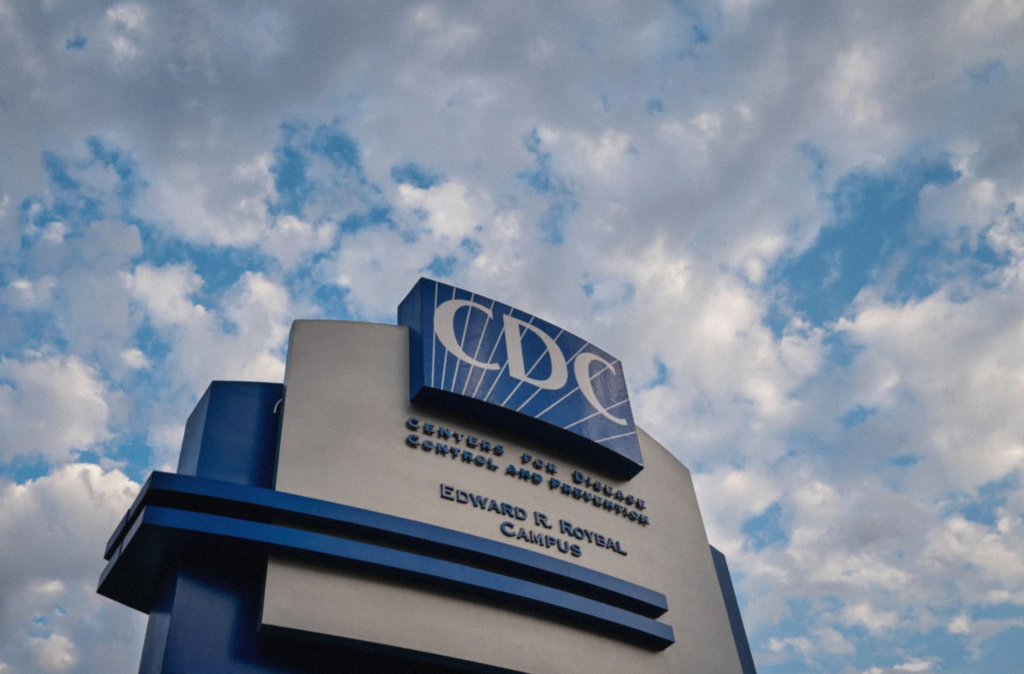
Norovirus
The Northeast has had the greatest rates of norovirus circulation since April of last year throughout the last month.Since late January, the average number of positive norovirus tests in the region has been above 13%, according to statistics from the Centers for Disease Control and Prevention.
Although it is less than the region’s rate at same time last year, it is still a larger percentage than in any other region of the country at the moment.Cases of the norovirus tend to peak during the colder months (late fall, winter, and early spring). Since early January, the national percentage of norovirus positive has been ranging between 10% and 12.5%. In contrast, mid-March peak rates from the previous year were more than 16%.
The second-hardest impacted states are the Western ones; as of Saturday, their three-week optimism rate was 12%.Although norovirus is sometimes referred to as the “stomach flu,” influenza is unrelated to Norovirus. Symptoms of the extremely infectious virus that often affect the gastrointestinal tract include nausea, vomiting, diarrhea, and stomach discomfort. A little temperature and pains are also possible.A person can become ill with norovirus with just a few particles on their hands or surfaces, and those who have the sickness excrete billions of virus particles in their feces and vomit. Days or even weeks might pass while the virus remains on materials and objects.
The CDC states that an infected individual can continue to spread the norovirus even after feeling well, possibly for as long as two weeks.Because the virus can potentially spread through contaminated food, it is frequently called “food poisoning.”
Also Read | Moon landing: The United States Celebrated its First Touchdown in 50 Years.
The most common cause of foodborne disease in the nation is norovirus. Fruits and vegetables that are cultivated or cleaned in polluted water might contaminate food.If oysters are collected from tainted water, they can potentially transmit the norovirus. As of right now, the FDA is warning customers, merchants, and eateries not to serve or ingest certain oysters that come from Sonora, Mexico, and Baja California.
At least 241 individuals were afflicted by a norovirus epidemic in December that was connected to a sushi restaurant in North Carolina.In the United States, norovirus epidemics often occur between November and April. The nation sees about 20 million cases annually on average.The virus has no known cure, so the CDC advises staying hydrated by consuming lots of fluids. Usually, the disease clears up after a few days.
- Ambani-Adani strategic collaboration: Reliance will purchase 26% share in 600MW Mahan Energen power plant for Rs 50 crore.

- Tata Investment Corp reaches 5% upper circuit for the second session on news of IPO prospects.

- SRM Contractors IPO Day 2: Check GMP, subscriber status, and review. Should you subscribe to the publication?

- Around Town: Mumbai’s burgeoning passion for Mexican food sees huge names enter through Mezcalita, Pompa, and Lyla.

- SBI Card and Titan Launch Titan SBI Card: Check cashback, gift cards, reward points, and other data.

- Amalaki Ekadashi 2024: Is Rangbhari Ekadashi March 20 or 21? Date, customs, importance, celebration, and Puja timings

